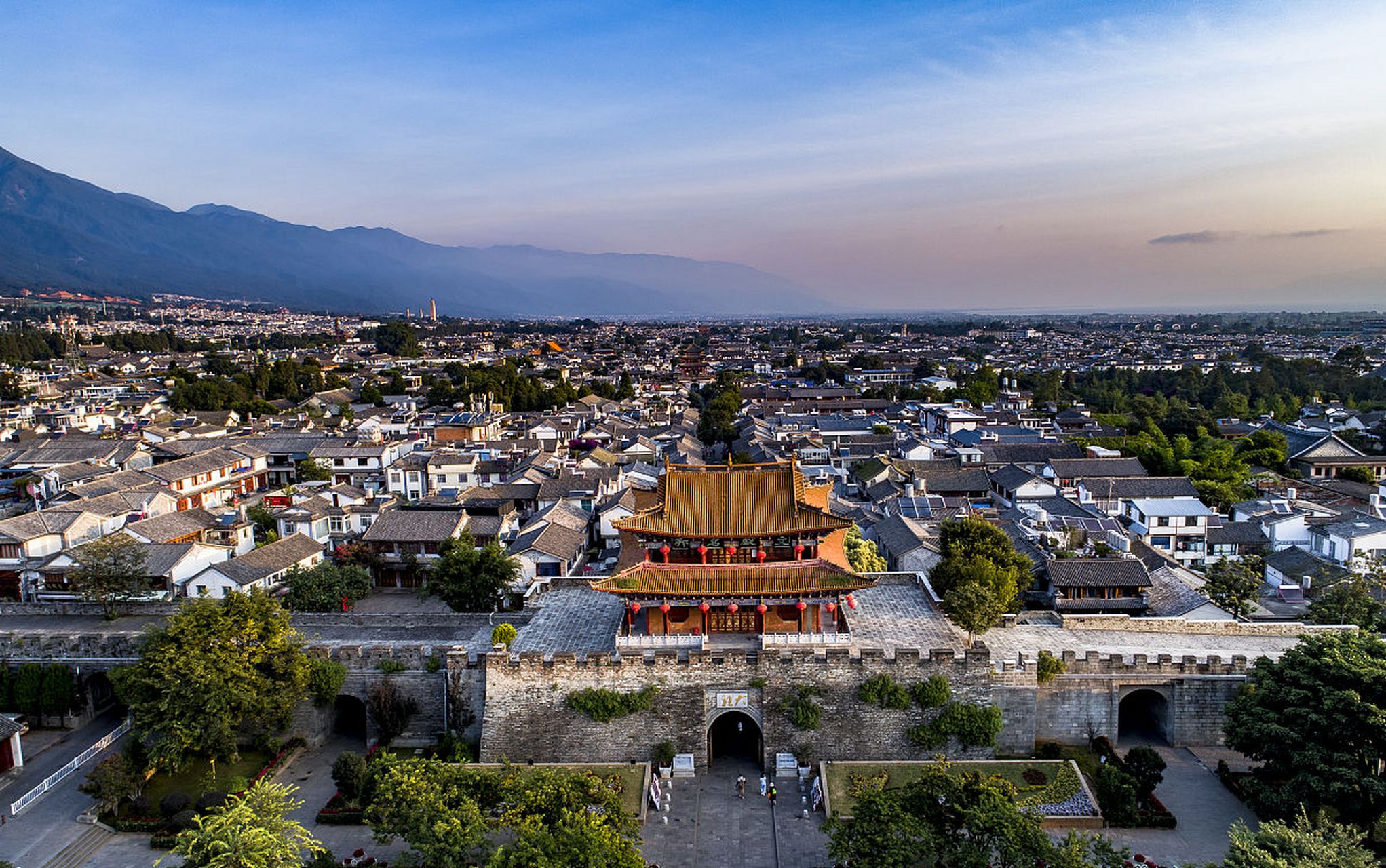
Dali, nestled between the shimmering Erhai Lake and the imposing Cangshan Mountain, is one of China’s most enchanting destinations. With its gentle subtropical highland climate, Dali feels like an eternal spring garden, making it a place that can be visited throughout the year. Yet, there are certain seasons when its charm shines brightest, offering an experience that feels almost otherworldly.
Best Seasons to Visit Dali
The most ideal times to visit Dali are March to May and September to November. During these shoulder seasons, the weather is comfortably warm, skies are clear, and nature reveals its most vivid palette. Spring bursts forth with blooming flowers and vibrant local festivals, while autumn wraps the landscape in golden light, creating serene scenes along Erhai Lake and the ancient town streets.
Summer and Winter in Dali
June to August brings mild temperatures that make Dali a perfect escape from the sweltering heat found in much of China. While this is the rainy season, with showers mostly arriving in the afternoons or evenings, the rain breathes life into the fields and mountains, painting them in lush green tones.
December to February is cooler, with average lows around 41°F (5°C), yet it rarely gets harshly cold. Winter unveils a quieter, more reflective side of Dali. Snow occasionally dusts the peaks of Cangshan, and flocks of migratory seagulls dance over Erhai Lake, adding a poetic touch to the calm waters. As an added bonus, winter visitors enjoy fewer crowds and often more favorable rates.
Dali Weather & Climate Overview
Dali’s climate is defined by mildness and abundant sunshine — over 2,300 hours annually. The average annual temperature ranges between 50°F and 72°F (10°C – 22°C), making outdoor activities enjoyable almost anytime.
The rainy season lasts from June to September, with July and August being the wettest months, often receiving up to 200mm (7.9 inches) of rainfall per month. Outside these months, Dali remains relatively dry, offering endless opportunities to hike in the Cangshan Mountains or cycle around Erhai Lake.
Crowd Levels and Travel Costs
Peak travel periods in Dali coincide with Chinese public holidays, such as Labor Day, National Day, and the Spring Festival. During these times, visitor numbers soar, and prices for accommodations and activities tend to rise.
In contrast, winter offers an appealing off-season window. With fewer tourists, a more tranquil atmosphere, and the same breathtaking natural beauty, this period can feel like having Dali almost to yourself.
Practical Travel Tips for Visiting Dali
- Pack Layers: Even in warmer months, mornings and evenings can be cool, especially in the mountains.
- Avoid Major Holidays: To enjoy a more relaxed experience and lower costs, plan around Chinese national holidays.
- Embrace Local Culture: Spring’s March Fair and various Bai ethnic festivals offer immersive cultural experiences worth timing your visit for.
- Prepare for Rain in Summer: A light rain jacket or umbrella will help you enjoy Dali’s lush summer without interruptions.
Visa-Free Travel Updates (2025)
Starting from December 2024, travelers from 54 countries can enjoy up to 10 days of visa-free transit travel in China. In addition, visitors from France, Germany, Italy, Spain, and certain Asian countries can stay visa-free for up to 30 days through 2025.
U.S., U.K., and Canadian passport holders can also benefit from a 6-day visa-free stay, making spontaneous adventures to Dali even more accessible.
ReadMore
Best Time to Visit Dali: Weather, Seasons, and Essential Travel Tips (2025)、
How to Plan a Dali Tour with Top Attractions: A Complete 2025 Guide
Must-See Attractions Beyond Dali: Nanzhao Folk Island, Weishan Old Town & Jizu Mountain

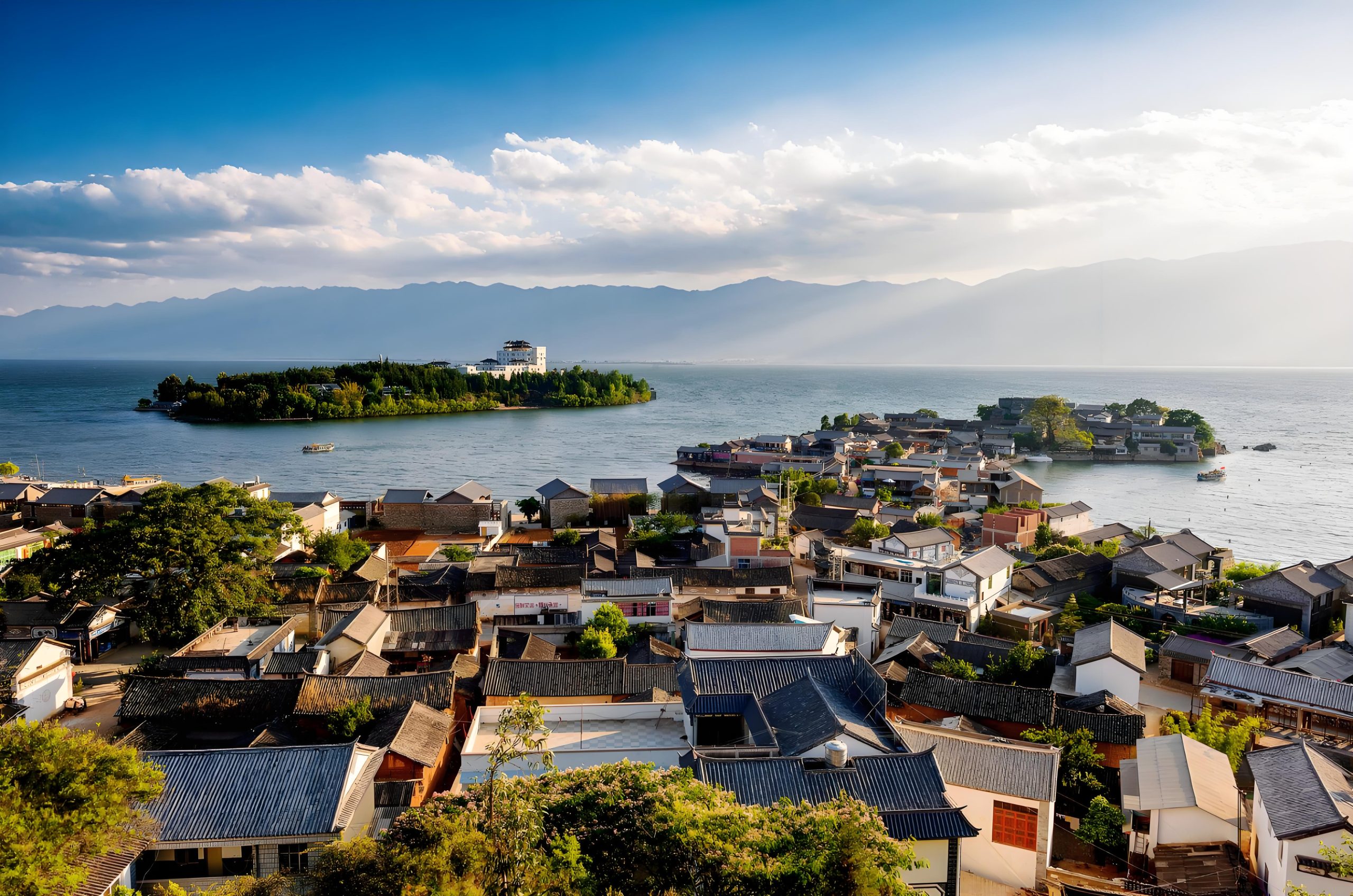
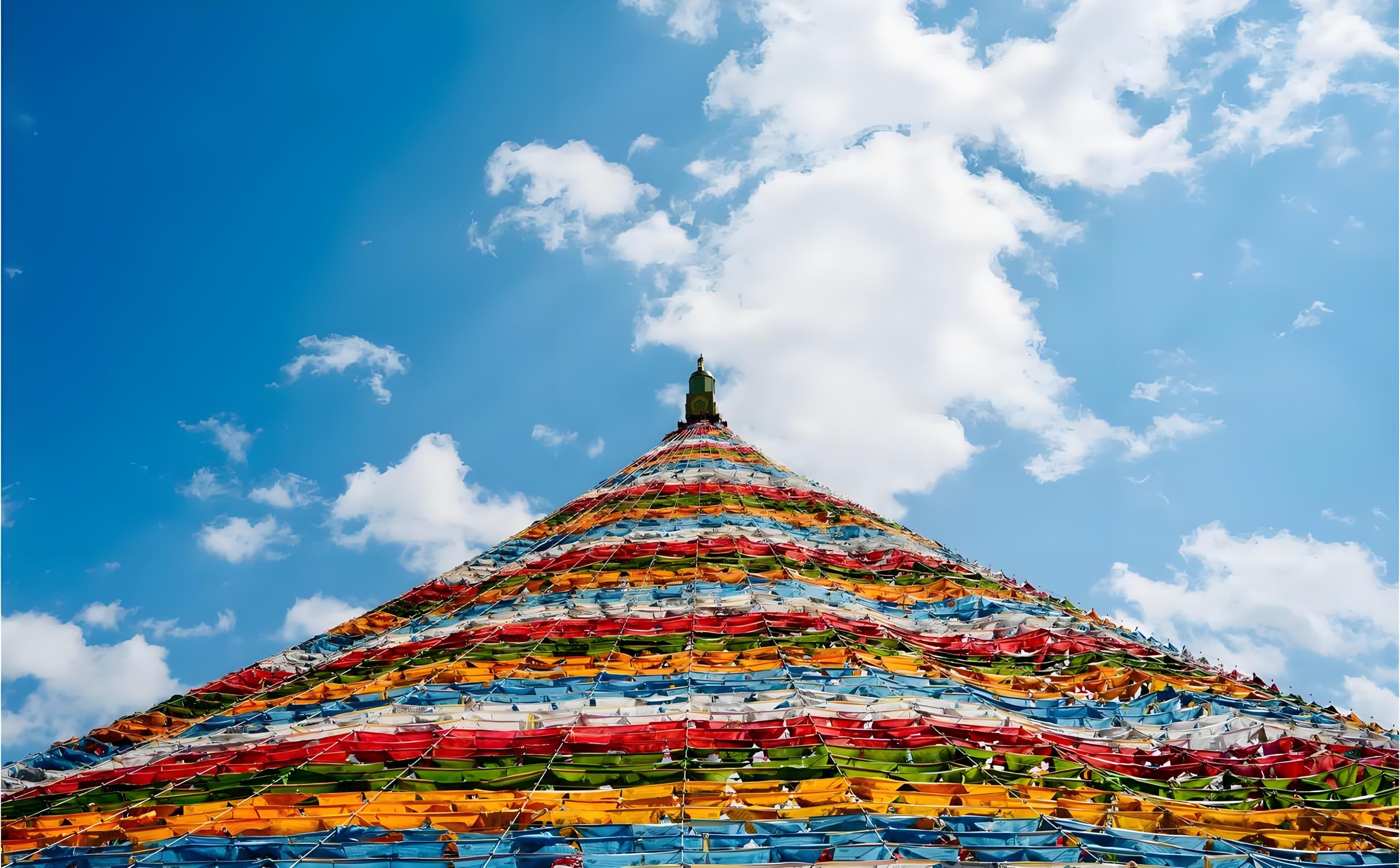
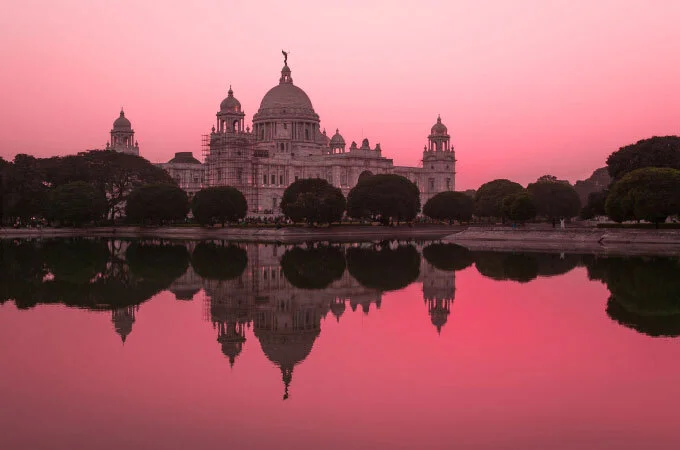
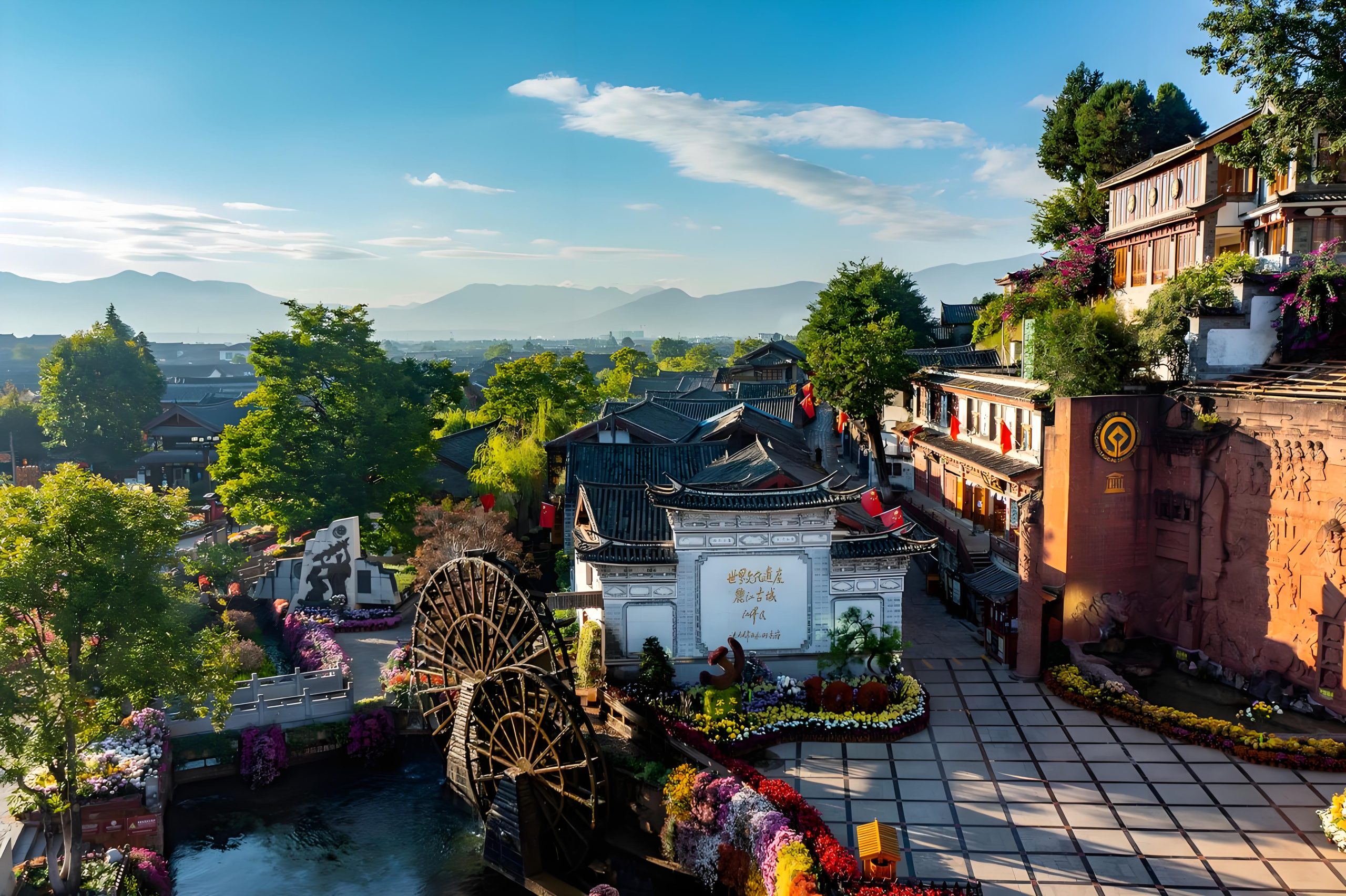
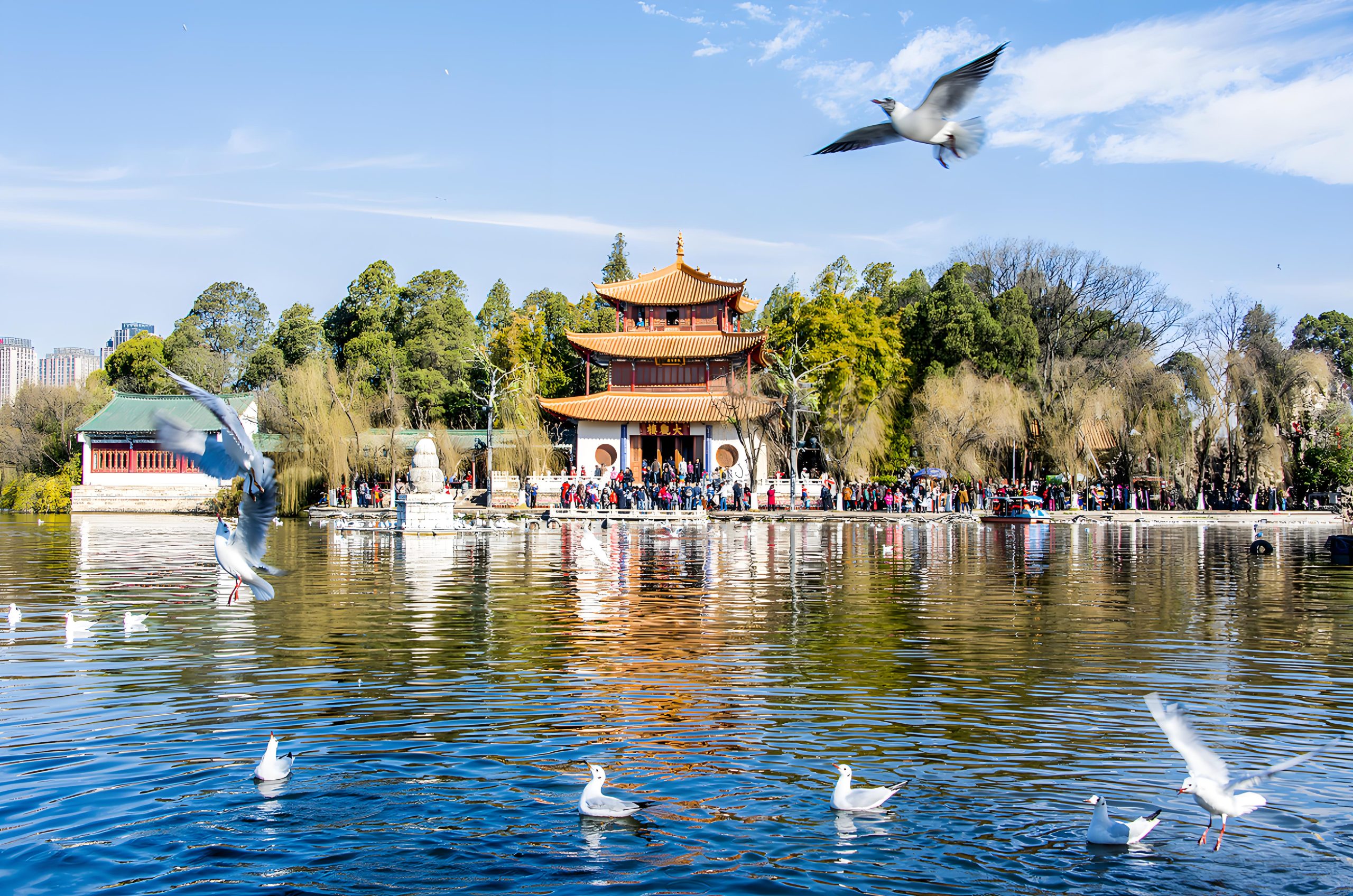

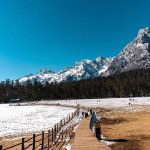
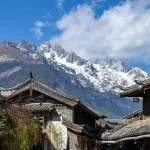


Leave a comment: